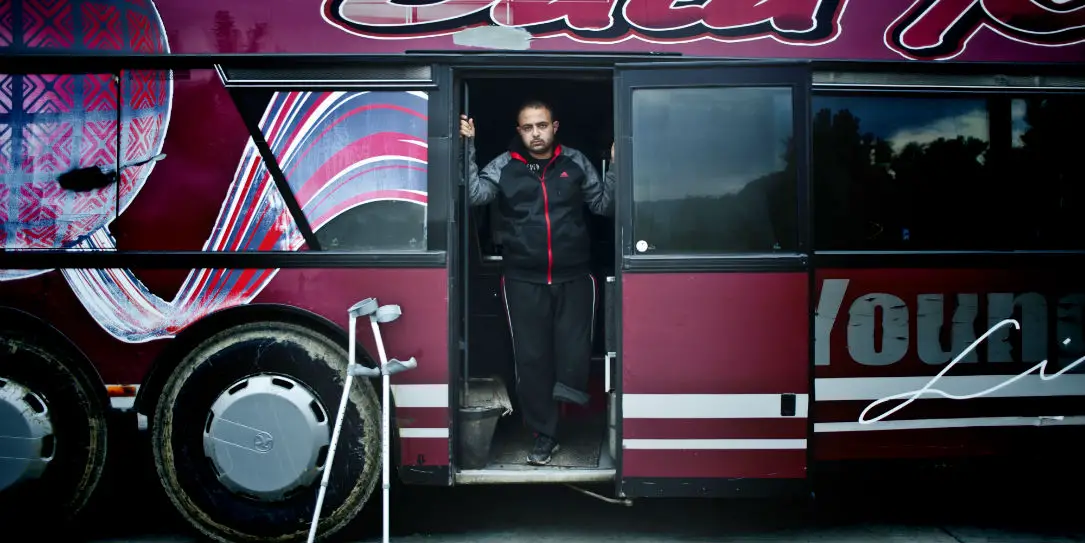We all know how bad things are in the Middle East. We get headlines and videos of it daily. And we can’t picture much good coming out of it. Picture Asem Hasna, a volunteer paramedic. Before the war, he was a university math student. One day, near Damascus, his ambulance was hit by a shell. Minutes of silence as Asem’s hearing took time to come back. Moments of silence as Asem realized his leg was gone. Yes, we’ve all seen the headlines and the videos. And Asem Hasna’s situation seems desperate and maybe hopeless. But not to Hasna.
During his rehabilitation he was part of a joint State Department and Red Cross program aimed at training Syrians to be prosthetic technicians to develop new limbs for other war survivors. He saw a 3D printer for the first time and was hooked.
Among the things that grabbed Asem’s attention was helping his friend Ahmad.
A year later, Asem taught himself how to use a 3D printer in three weeks and how to code an Arduino in three days. “You’ll see my new skills better and better,” he proclaimed proudly. He had produced two low-cost, open-source healthcare solutions for other disabled victims of conflict: a 3D-printed prosthetic hand and an ultrasonic echolocation device for his friend Ahmad, who was blinded by sniper fire in Syria.
That’s pretty special. But there’s more.
Conflict, radicalization, violent extremism, forced displacement and youth unemployment are intensifying rapidly and feeding upon each other. Governments lack the resources to cope. The UN High Commissioner for Refugees António Guterres remarked, “With the exponential increase in needs we have seen just in the last three years, the humanitarian financing system is nearly bankrupt.”
One of the big problems is that, eventually, the war will end, education in the region is minimal, jobs will be scarce, and humanitarian funds are depleted. That doesn’t leave a lot of hope for the innocent victims. Asem Hasna found what might be a solution. There are a group of innovation centers being created where people can learn new skills and try new ways of doing things.
“We’ll do the impossible, bro,” Asem avowed, looking to the future with newfound hope and sense of belonging. The Fourth Industrial Revolution will undoubtedly shape the contours of wealth and power for decades to come. It could also transform humanitarian relief.
What seems an impossible situation doesn’t have to stay that way. And new technologies, like 3D printing, can lead the way. What do you think?
[button link=”http://techcrunch.com/2016/05/15/after-losing-his-leg-a-syrian-war-survivor-turns-to-tech-to-3d-print-prosthetic-limbs/” icon=”fa-external-link” side=”left” target=”blank” color=”285b5e” textcolor=”ffffff”]Source: TechCrunch[/button][button link=”https://www.weforum.org/agenda/2016/01/the-fourth-industrial-revolution-and-the-refugee-crisis/” icon=”fa-external-link” side=”left” target=”blank” color=”285b5e” textcolor=”ffffff”]Source: World Economic Forum[/button]









